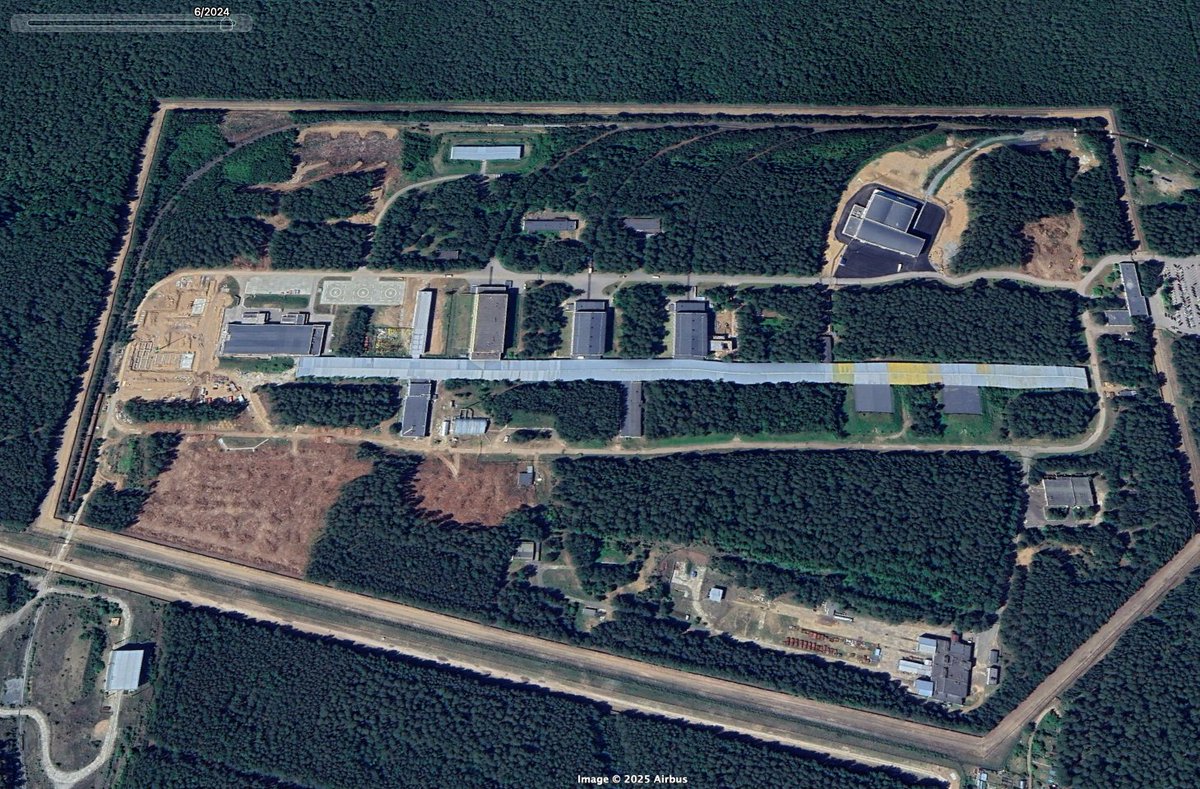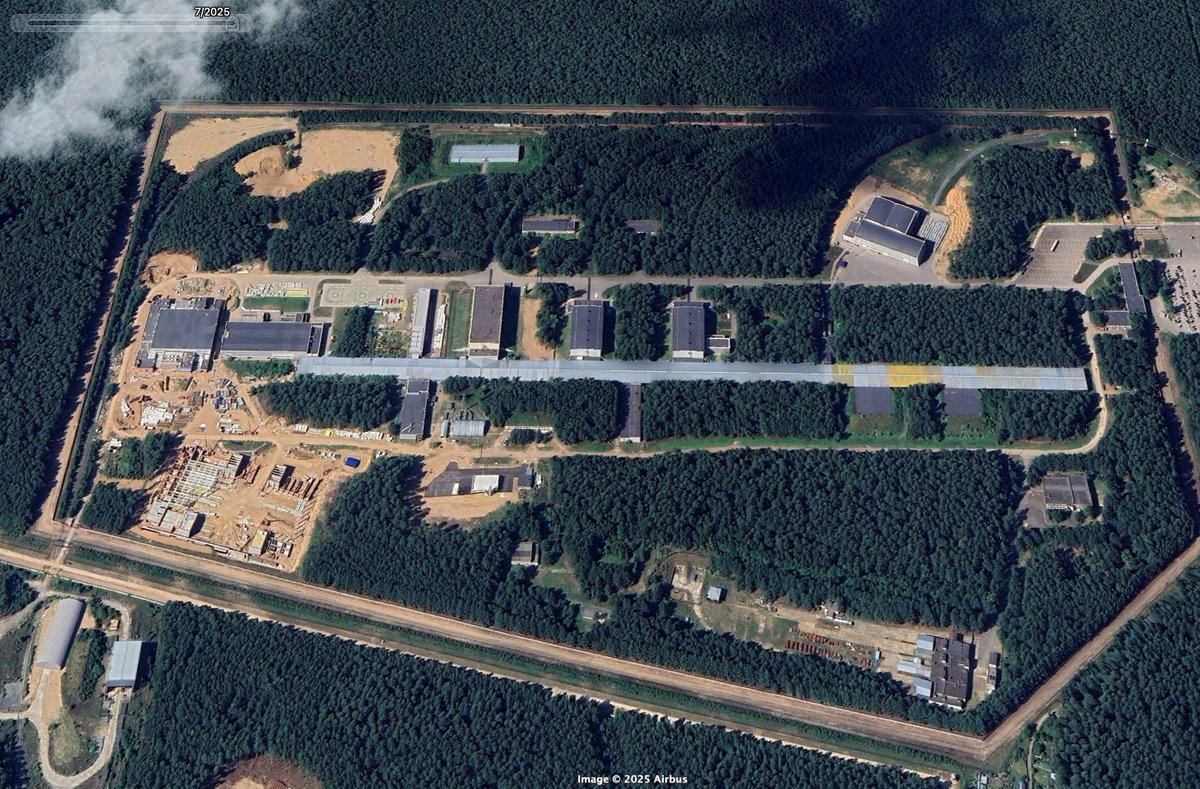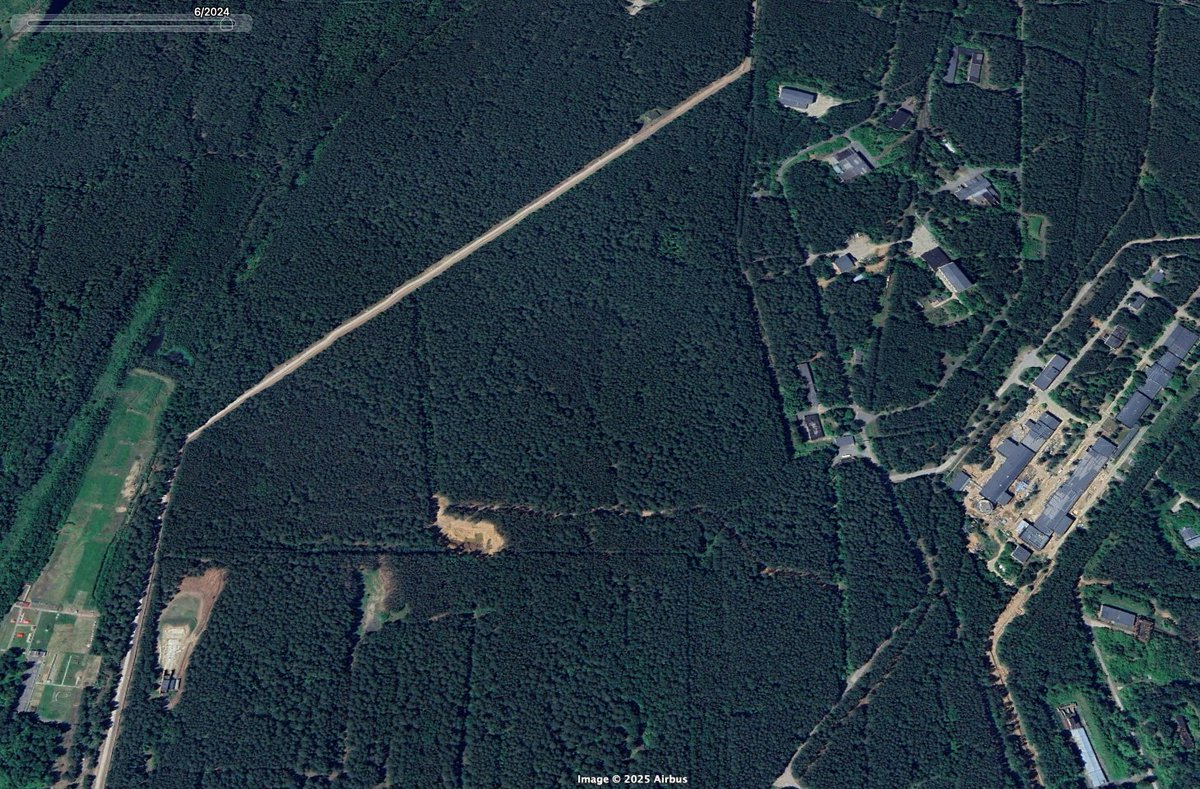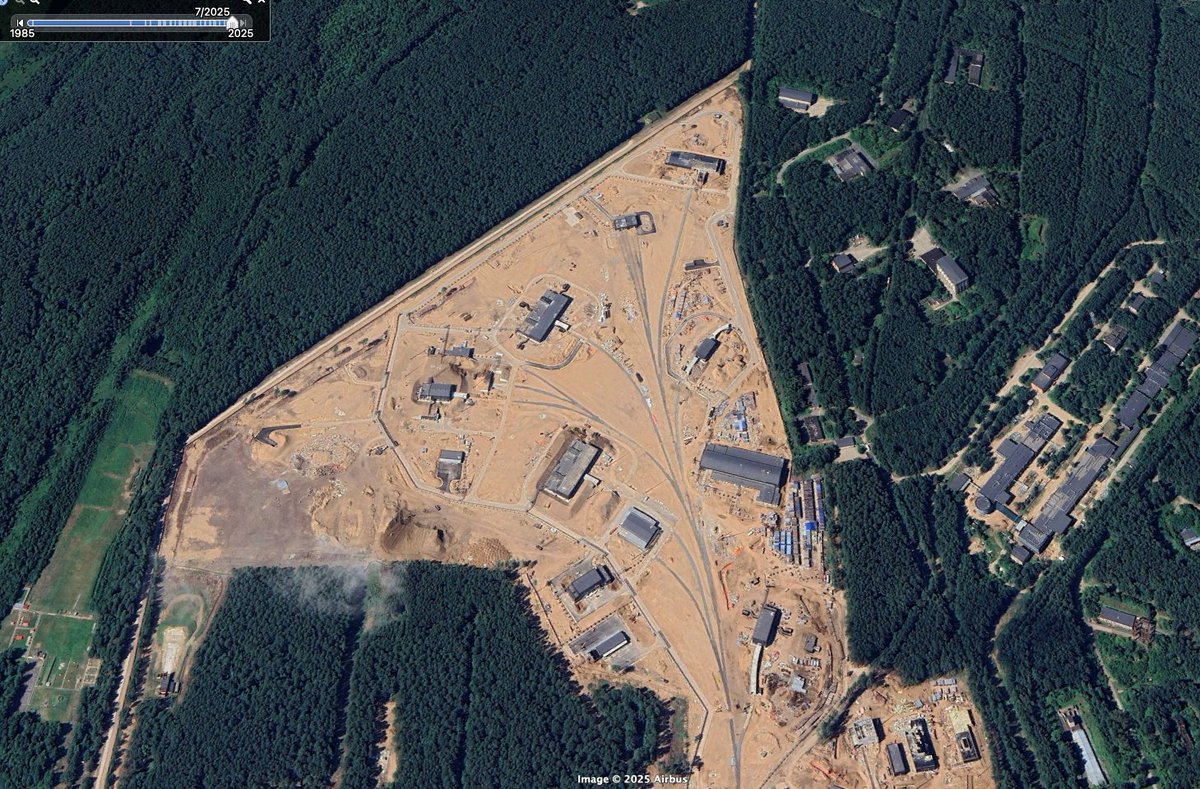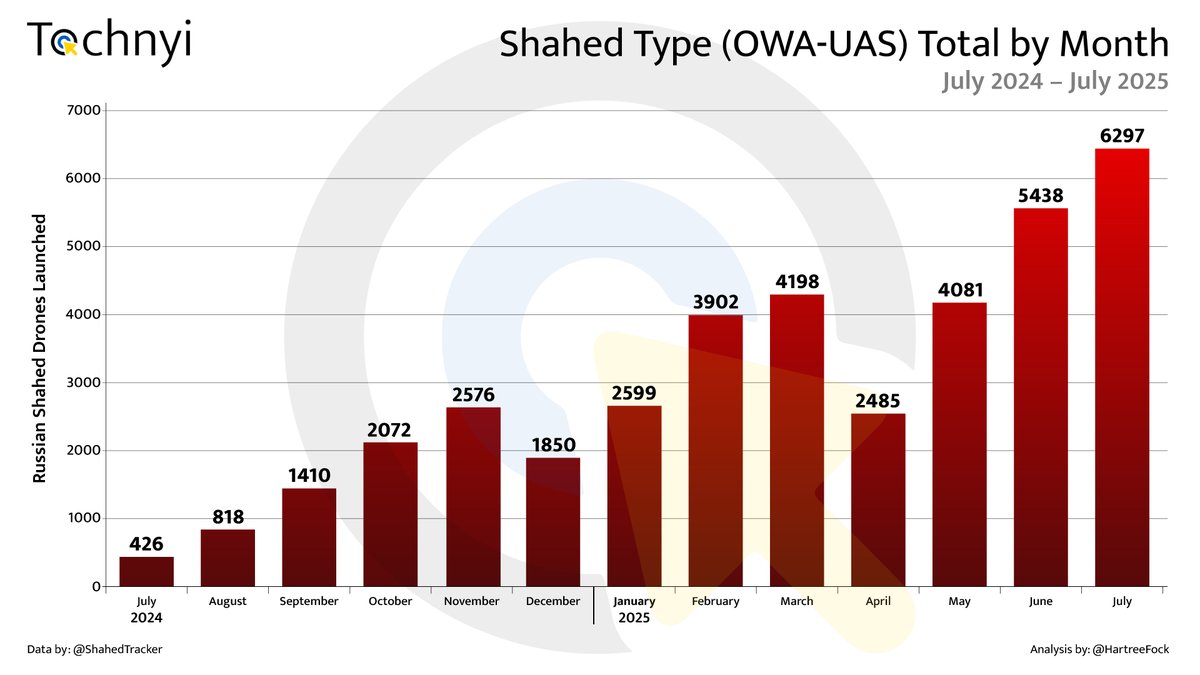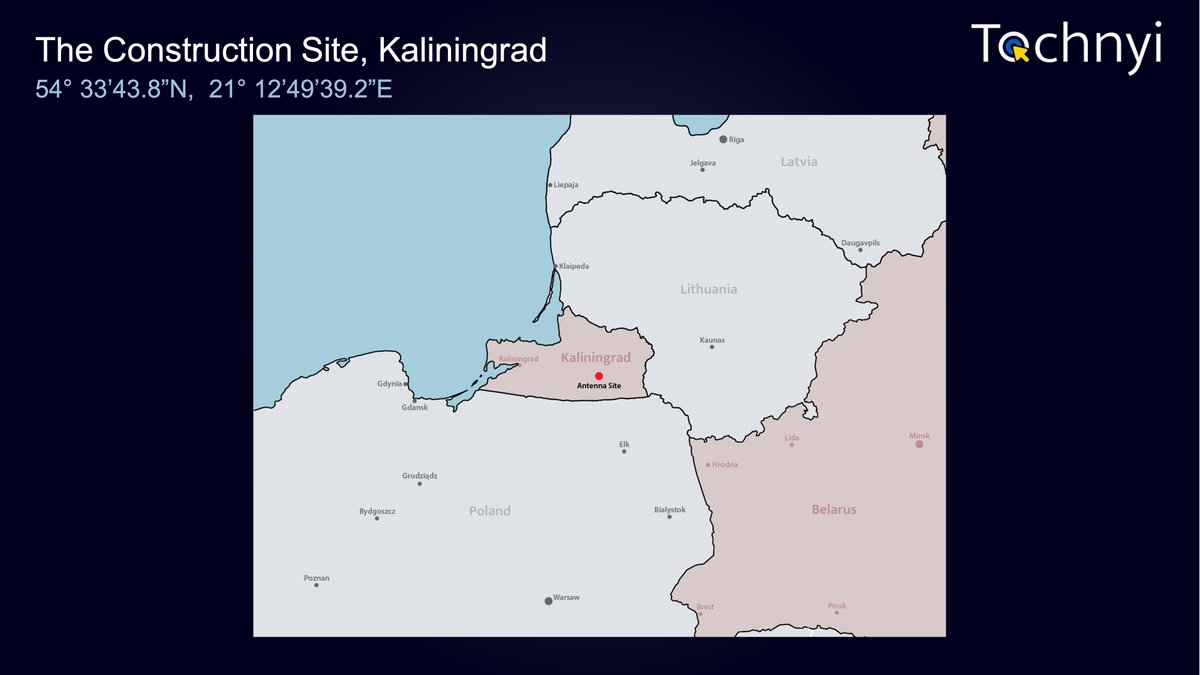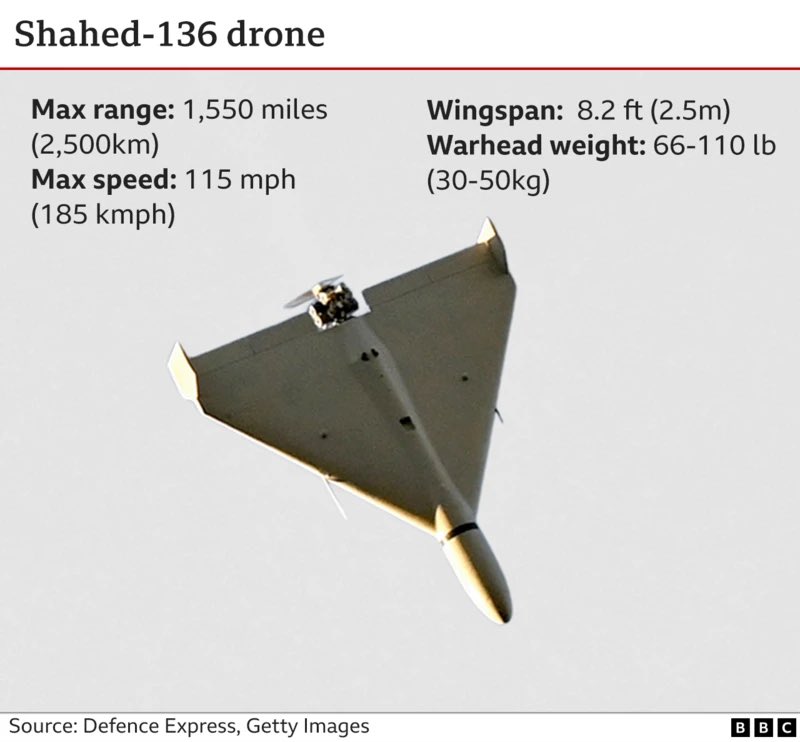🧵Reading under Toropets’ hashes
1/7 The Ukrainian strike on Toropets may have been one of the most successful attacks on an ammunition depot since the start of the war. The reasons behind this success are still under scrutiny. Many are discussing the potential use of the Storm Shadow missile or the large number of drones, possibly up to 100. It's clear there also has been incompetence within the Russian army.
1/7 The Ukrainian strike on Toropets may have been one of the most successful attacks on an ammunition depot since the start of the war. The reasons behind this success are still under scrutiny. Many are discussing the potential use of the Storm Shadow missile or the large number of drones, possibly up to 100. It's clear there also has been incompetence within the Russian army.

2/7 First of all, while everyone is rushing to see the ashes, I spent some time examining how this site was built. The initial information we have gathered from 2013 to 2018 indicates that the forest ground has not been excavated. Soil has been moved, and construction started in a big rush. This is a problem because to offer more protection, you would dig a few meters into the ground and then build your concrete shell.

3/7 This is a 30 by 40-meter ECM. You can see the construction phases: first, the perimeter walls are erected, then the roof. You can appreciate the complete lack of excavation, as the construction is done on the ground. The last phase is the construction of the flat roof, which looks like a flat reinforced concrete roof with a rough estimate of 2.5 meters. It's very peculiar that there are eight venting ports.

4/7 In this diagram, I present the schematics of ECM components and their designs in NATO countries. Regardless of whether it is an arch or box design, it is essential, particularly for non-buried ECM, to have a minimum of 600 mm of soil cover. Additionally, blast doors should be utilized, along with sturdy pillars, and vents should be located at the front. You can now view a picture of one of the ECMs in Toropets. These do not have blast doors, and from the next diagram, you can observe that due to the design, there will be minimal soil on the roof.

5/7 The more recent images of Toropets showcase this point vividly. There is hardly any trace of soil on the roof, just stained concrete. This is significant because ECMs are categorised based on their protective capabilities, and these features are crucial. The absence of excavation, significantly thick walls, and adequate soil cover makes these ECMs more vulnerable than intended, but certainly cheaper for the construction company.

6/7 The interesting thing about this situation is that it is not an isolated design flaw. Not far from Toropets, there is another recently finished ammunition depot, called Kotovo, in Novgorodskaya oblast. To be brief, the construction process is the same - there is inadequate excavation, poor use of embankment to protect other ECMs, and nearly absence of roof soil, which ultimately fails to deter penetrating warheads from doing their job.

7/7 This is just a preliminary study on this topic, which I plan to delve deeper into in the coming weeks. For now, it can be concluded that Russia may have tried to protect its critical assets through this approach, possibly to cut costs or due to corruption. However, dishonesty and corruption cannot defy the laws of physics, and eventually, they will have consequences.
https://x.com/tochnyi/status/1836902699486306619
A big thanks to the entire team @tochnyi we are working on this and many other important topics so do not lose one by going on our website.
tochnyi.info
tochnyi.info
• • •
Missing some Tweet in this thread? You can try to
force a refresh




